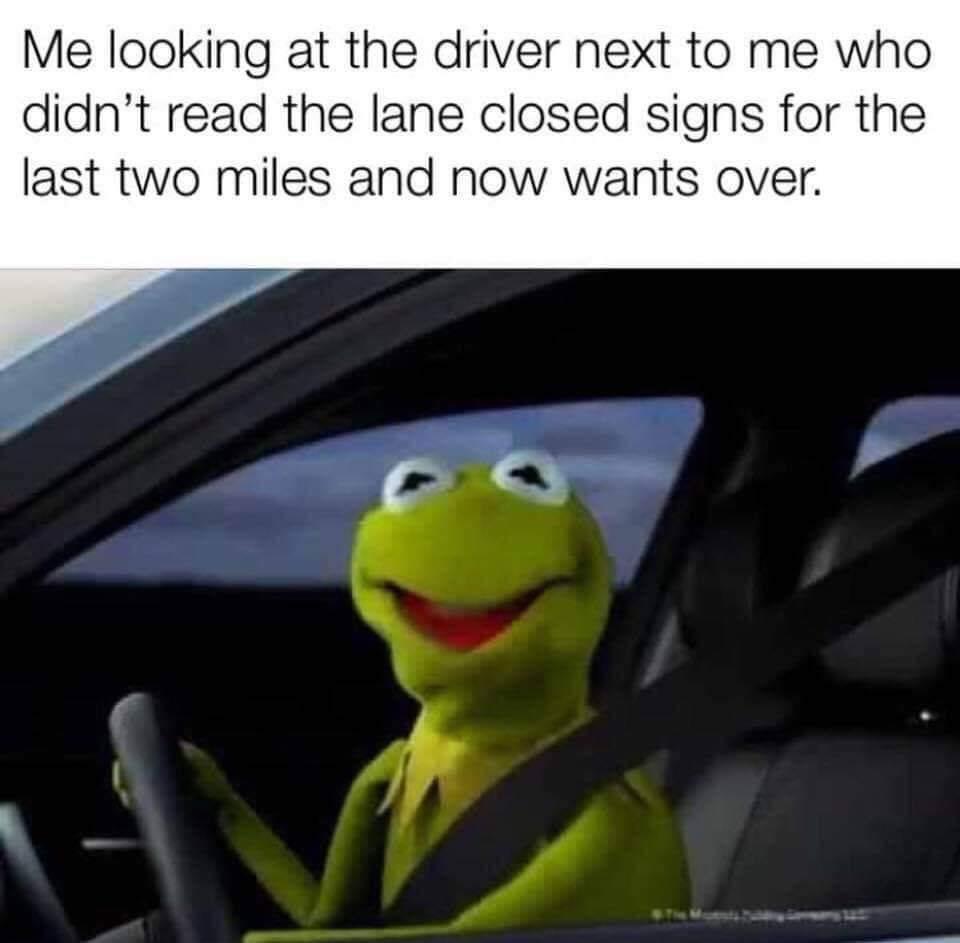this post was submitted on 25 Oct 2023
331 points (73.7% liked)
memes
13059 readers
4072 users here now
Community rules
1. Be civil
No trolling, bigotry or other insulting / annoying behaviour
2. No politics
This is non-politics community. For political memes please go to [email protected]
3. No recent reposts
Check for reposts when posting a meme, you can only repost after 1 month
4. No bots
No bots without the express approval of the mods or the admins
5. No Spam/Ads
No advertisements or spam. This is an instance rule and the only way to live.
A collection of some classic Lemmy memes for your enjoyment
Sister communities
- [email protected] : Star Trek memes, chat and shitposts
- [email protected] : Lemmy Shitposts, anything and everything goes.
- [email protected] : Linux themed memes
- [email protected] : for those who love comic stories.
founded 2 years ago
MODERATORS
you are viewing a single comment's thread
view the rest of the comments
view the rest of the comments

If you're passing a bunch of people, you are using the open lane to travel. By the time the lane you are in comes to an end, you then modulate your speed to match traffic in the slower lane, and merge. Because cars have brakes.
You need to start matching speed at the start of the signage for the merge. At that point it's no longer just a lane, it is a lane with restrictions.
You're not actually increasing total throughput by speeding ahead, you're only changing the order. The total throughput is determined by the flow of traffic after the constriction point. That flow is smoothest when drivers match speed.
What you're missing is that the "closing lane" is often designed to be utilized to prevent traffic from backing up into another traffic control device.
While you're "matching speed" with the open lane that's hardly moving- traffic has now backed up into an intersection and caused gridlock on cross streets for miles behind you.
So while "total throughput" on YOUR journey has remained the same you may be causing chaos to the roads around you.
Your best bet is to just assume the traffic engineers who designed the closure know better than you.
youtube.com/watch?v=cX0I8OdK7Tk
The middle and last scenario both have people merging in at the end, but only the scenario with matching speed has smooth high throughput flow that alleviates congestion.
The lane hardly moving is usually because of uneven merging at the closure point. If everyone matches speed then both lanes are filled equally. That's what the traffic engineers say is best.
There's a problematic entry ramp that I used to drive every day on my commute. Traffic would back up around it every day in rush hour. When I matched speed and zippered in at the end, the congestion actually started to clear a little as the lane being merged into started moving substantially faster without people cutting in out of turn.
This does not address my point at all. I agreed that your suggestion would not necessarily negatively impact the total throughput on your route.
My point was that your route does not exist in a vacuum and the utility of the open lane may not be obvious without having the same information available as the traffic engineers who designed the closure.
Matching speed does a better job of filling both lanes evenly and reduces the amount of backed up traffic. The slow lane is what backs up to prior intersections. Matching speed is what allows the slow lane to clear up and prevent affecting upstream intersections. You're point isn't actually relevant to what I've described because the lane is fully utilized in a proper zipper merge with speed matching.
So I'm not ignoring the purpose of the merge lane, and I'm not advocating early merging. I'm describing the key aspect of zipper merging that the cruise ahead people are missing.